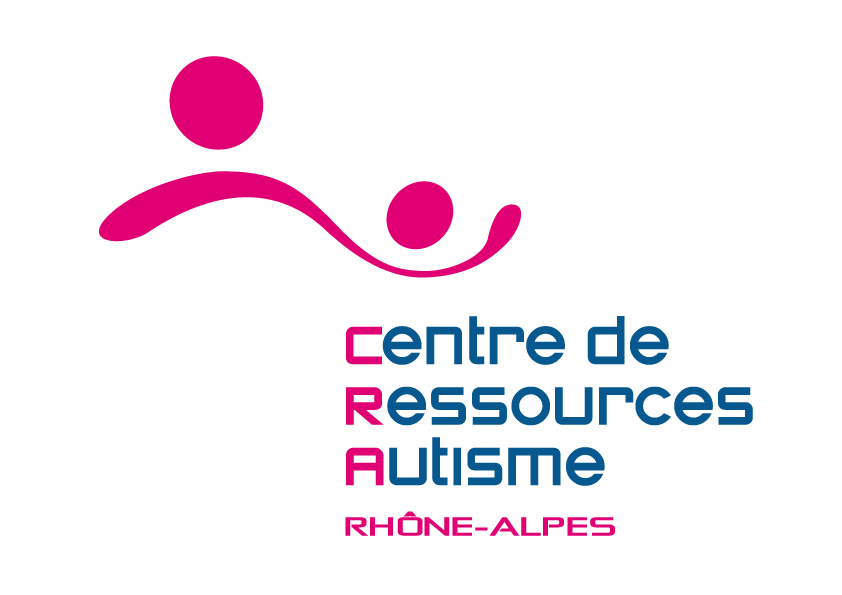1. Campos-Outcalt D. {{Should all children be screened for autism spectrum disorders? No: screening is not ready for prime time}}. {Am Fam Physician};2011 (Aug 15);84(4):377-378.
2. Hughes C. {{Autism screening}}. {Fam Pract Manag};2011 (Jul-Aug);18(4):36.
Lien vers le texte intégral (Open Access ou abonnement)
3. Kaminsky EB, Kaul V, Paschall J, Church DM, Bunke B, Kunig D, Moreno-De-Luca D, Moreno-De-Luca A, Mulle JG, Warren ST, Richard G, Compton JG, Fuller AE, Gliem TJ, Huang S, Collinson MN, Beal SJ, Ackley T, Pickering DL, Golden DM, Aston E, Whitby H, Shetty S, Rossi MR, Rudd MK, South ST, Brothman AR, Sanger WG, Iyer RK, Crolla JA, Thorland EC, Aradhya S, Ledbetter DH, Martin CL. {{An evidence-based approach to establish the functional and clinical significance of copy number variants in intellectual and developmental disabilities}}. {Genet Med};2011 (Aug 12)
PURPOSE:: Copy number variants have emerged as a major cause of human disease such as autism and intellectual disabilities. Because copy number variants are common in normal individuals, determining the functional and clinical significance of rare copy number variants in patients remains challenging. The adoption of whole-genome chromosomal microarray analysis as a first-tier diagnostic test for individuals with unexplained developmental disabilities provides a unique opportunity to obtain large copy number variant datasets generated through routine patient care. METHODS:: A consortium of diagnostic laboratories was established (the International Standards for Cytogenomic Arrays consortium) to share copy number variant and phenotypic data in a central, public database. We present the largest copy number variant case-control study to date comprising 15,749 International Standards for Cytogenomic Arrays cases and 10,118 published controls, focusing our initial analysis on recurrent deletions and duplications involving 14 copy number variant regions. RESULTS:: Compared with controls, 14 deletions and seven duplications were significantly overrepresented in cases, providing a clinical diagnosis as pathogenic. CONCLUSION:: Given the rapid expansion of clinical chromosomal microarray analysis testing, very large datasets will be available to determine the functional significance of increasingly rare copy number variants. This data will provide an evidence-based guide to clinicians across many disciplines involved in the diagnosis, management, and care of these patients and their families.
Lien vers le texte intégral (Open Access ou abonnement)
4. Lipkin PH, Hyman SL. {{Should all children be screened for autism spectrum disorders? Yes: merging science, policy, and practice}}. {Am Fam Physician};2011 (Aug 15);84(4):361-367.
Lien vers le texte intégral (Open Access ou abonnement)
5. Ozonoff S, Young GS, Carter A, Messinger D, Yirmiya N, Zwaigenbaum L, Bryson S, Carver LJ, Constantino JN, Dobkins K, Hutman T, Iverson JM, Landa R, Rogers SJ, Sigman M, Stone WL. {{Recurrence Risk for Autism Spectrum Disorders: A Baby Siblings Research Consortium Study}}. {Pediatrics};2011 (Aug 15)
Objective: The recurrence risk of autism spectrum disorders (ASD) is estimated to be between 3% and 10%, but previous research was limited by small sample sizes and biases related to ascertainment, reporting, and stoppage factors. This study used prospective methods to obtain an updated estimate of sibling recurrence risk for ASD. Methods: A prospective longitudinal study of infants at risk for ASD was conducted by a multisite international network, the Baby Siblings Research Consortium. Infants (n = 664) with an older biological sibling with ASD were followed from early in life to 36 months, when they were classified as having or not having ASD. An ASD classification required surpassing the cutoff of the Autism Diagnostic Observation Schedule and receiving a clinical diagnosis from an expert clinician. Results: A total of 18.7% of the infants developed ASD. Infant gender and the presence of >1 older affected sibling were significant predictors of ASD outcome, and there was an almost threefold increase in risk for male subjects and an additional twofold increase in risk if there was >1 older affected sibling. The age of the infant at study enrollment, the gender and functioning level of the infant’s older sibling, and other demographic factors did not predict ASD outcome. Conclusions: The sibling recurrence rate of ASD is higher than suggested by previous estimates. The size of the current sample and prospective nature of data collection minimized many limitations of previous studies of sibling recurrence. Clinical implications, including genetic counseling, are discussed.
Lien vers le texte intégral (Open Access ou abonnement)
6. Southwick JS, Bigler ED, Froehlich A, Dubray MB, Alexander AL, Lange N, Lainhart JE. {{Memory functioning in children and adolescents with autism}}. {Neuropsychology};2011 (Aug 15)
Objective: Memory functioning in children and adolescents ages 5-19 with autism (n = 50) and typically developing controls (n = 36) was assessed using a clinical assessment battery, the Test of Memory and Learning (TOMAL). Method: Participant groups were statistically comparable in age, nonverbal IQ, handedness, and head circumference, and were administered the TOMAL. Results: Test performance on the TOMAL demonstrated broad differences in memory functioning in the autism group, across multiple task formats, including verbal and nonverbal, immediate and delayed, attention and concentration, sequential recall, free recall, associative recall, and multiple-trial learning memory. All index and nearly all subtest differences remained significant even after comparing a subset of the autism group (n = 36) and controls that were matched for verbal IQ (p > .05). However, retention of previously remembered information after a delay was similar in autism and controls. Conclusions: These findings indicate that performance on measures of episodic memory is broadly reduced in autism, and support the conclusion that information encoding and organization, possibly due to inefficient cognitive processing strategies, rather than storage and retrieval, are the primary factors that limit memory performance in autism. (PsycINFO Database Record (c) 2011 APA, all rights reserved).

